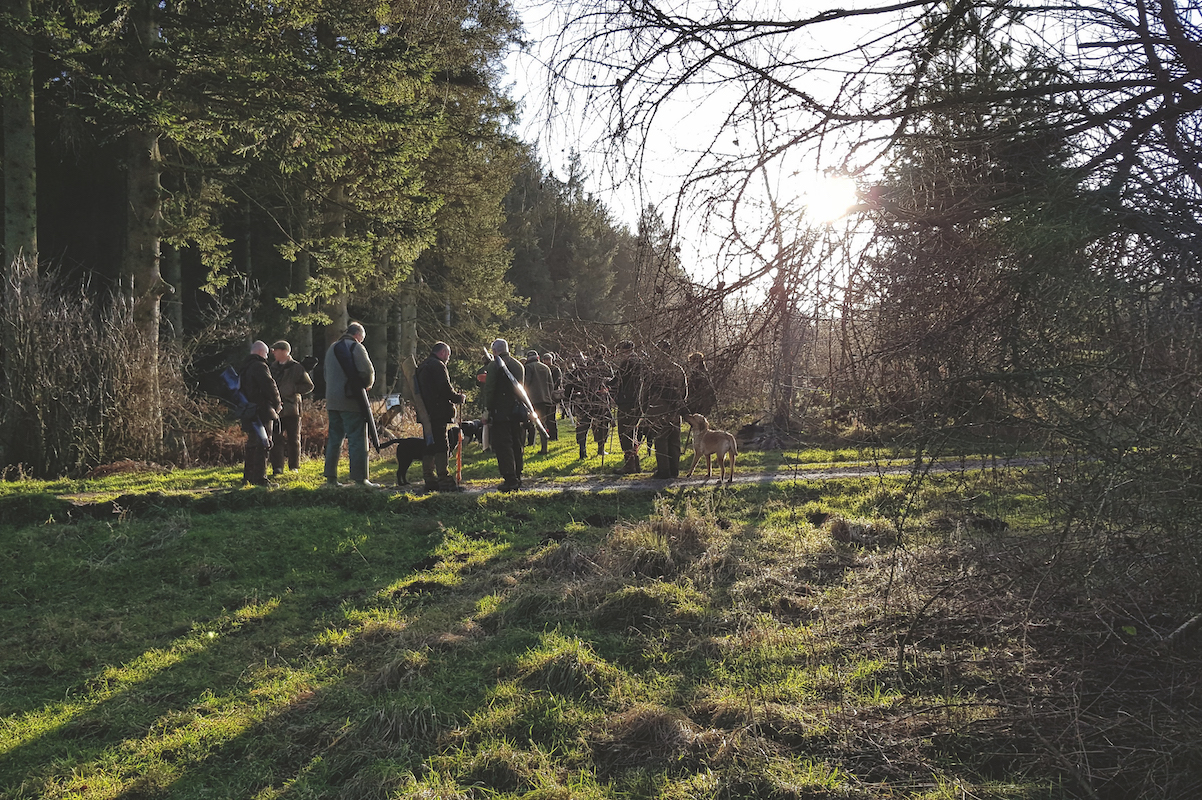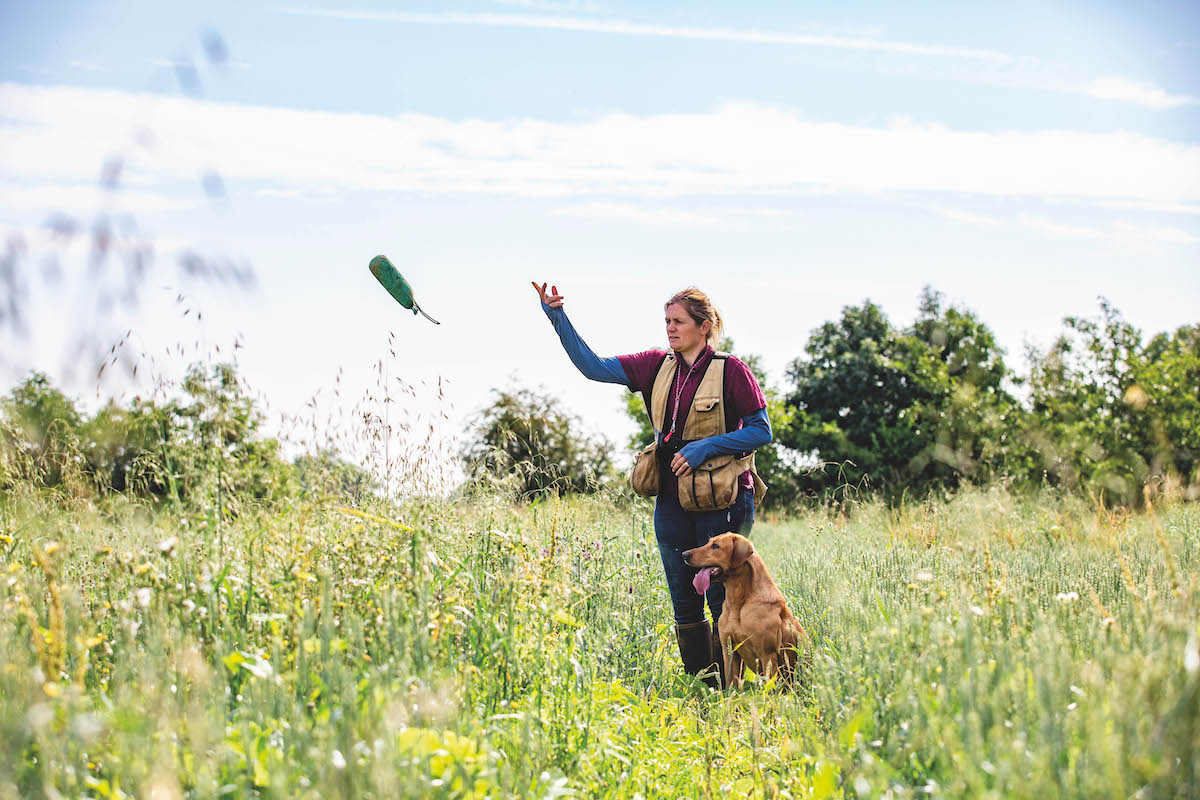Stop-start: training your dog to the whistle
Fran Ardley continues her training tips on disciplining your dog to the stop whistle and the exercises you need to do
Previously we have looked at building on the stop whistle while your dog was at a distance from you. I showed a technique where the dog was called off a retrieve that was placed directly behind it and it was then stopped while coming back towards the handler. The exercise required the dog to have had some previous handling training. The exercises we look at in this article will require the dog to be steady to a thrown dummy.
The stop whistle can be a negative command as in many cases we are asking the dog to stop what it is doing and take further instruction from the handler. One of the most challenging times to stop a dog is when it is in hunting mode, especially if it is a breed such as a spaniel, which will always have a bias on hunting rather than retrieving. Novice trainers will often use the stop whistle without any positive follow-on, which can see the dog quickly become sloppy and even begin to ignore it as it is not getting anything good out of the command. So, to sharpen things up we can introduce something positive immediately after we blow the whistle, and in the training stages that is a dummy or a fur ball.

Handling out of cover
Handling out of cover
Getting a hunting dog out of cover to make a retrieve can be really difficult, especially if the dog has made a find and there is a strong scent left. This is something I am constantly training for. Start by setting out a simple memory retrieve behind some huntable cover, walk the dog back and get it questing.

On the move
On the move
A dog in hunting mode will always be a challenge to try to stop mid-flow, but that is something they need to learn as it is exactly what will be required when the dog finds and flushes game. While the dog is hunting out in front of you, wait until he casts back across you and step into the dog with your hand in the sit position and at the same time blow your stop whistle. The fact that you are blocking the dog with your body should mean he will stop no matter how quickly he is moving.

The reward
The reward
Once you are confident that your dog has got the idea of stopping when he is moving, you can sharpen things up by adding a further element to the exercise. As the dog is hunting, blow the whistle and throw out a dummy in the opposite direction, making sure your body is in a position to block the dog should it decide to run in. You will find that the dog will quickly connect the stop command with something positive, namely the dummy being thrown, and he can have the occasional retrieve. I have found this the quickest way to really sharpen up the dog’s reaction to the stop whistle.

Fetch it
Fetch it
Once the dog has settled, you can then give it a command to fetch the memory retrieve and, hopefully, it will have remembered where it is. If the dog wants to carry on hunting, then stop it and set up the exercise again; you do not want the dog to think it can ignore the retrieve command because it would prefer to carry on hunting. The next stage of this exercise is to set up a blind retrieve and repeat the exercise. Remember, you don’t always have to send it back, you can also send the dog from the left or right, as would happen in the shooting field.

Slow it down
Slow it down
When the dog is really getting stuck in, stop it using both the whistle and your hand signal, and then wait. Initially, don’t leave it too long until you stop the dog as you don’t want it to forget the dummy you set out. Don’t rush to send the dog as you want it to calm down and drop its energy levels a little bit as it will be hyped up from hunting.








